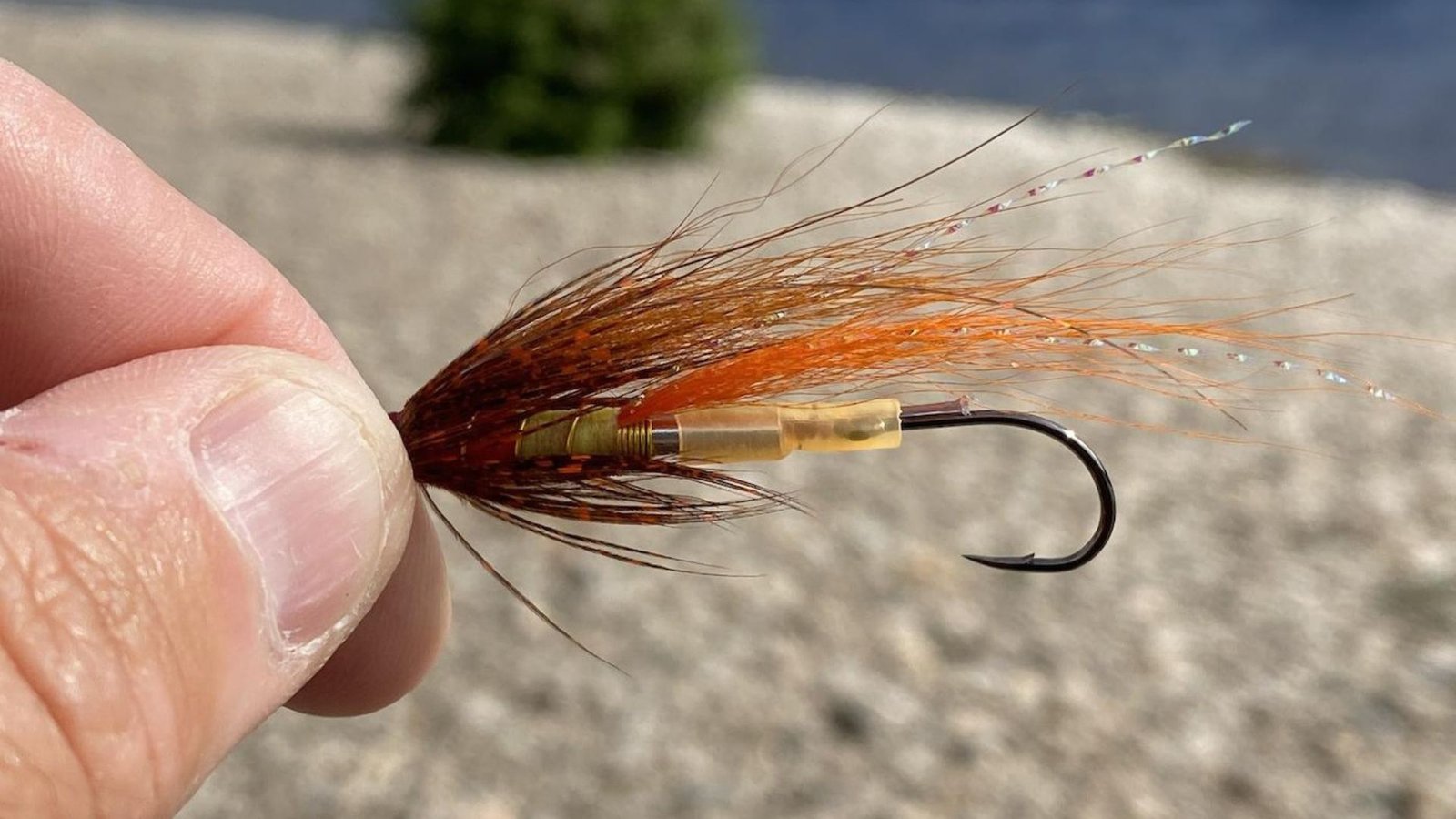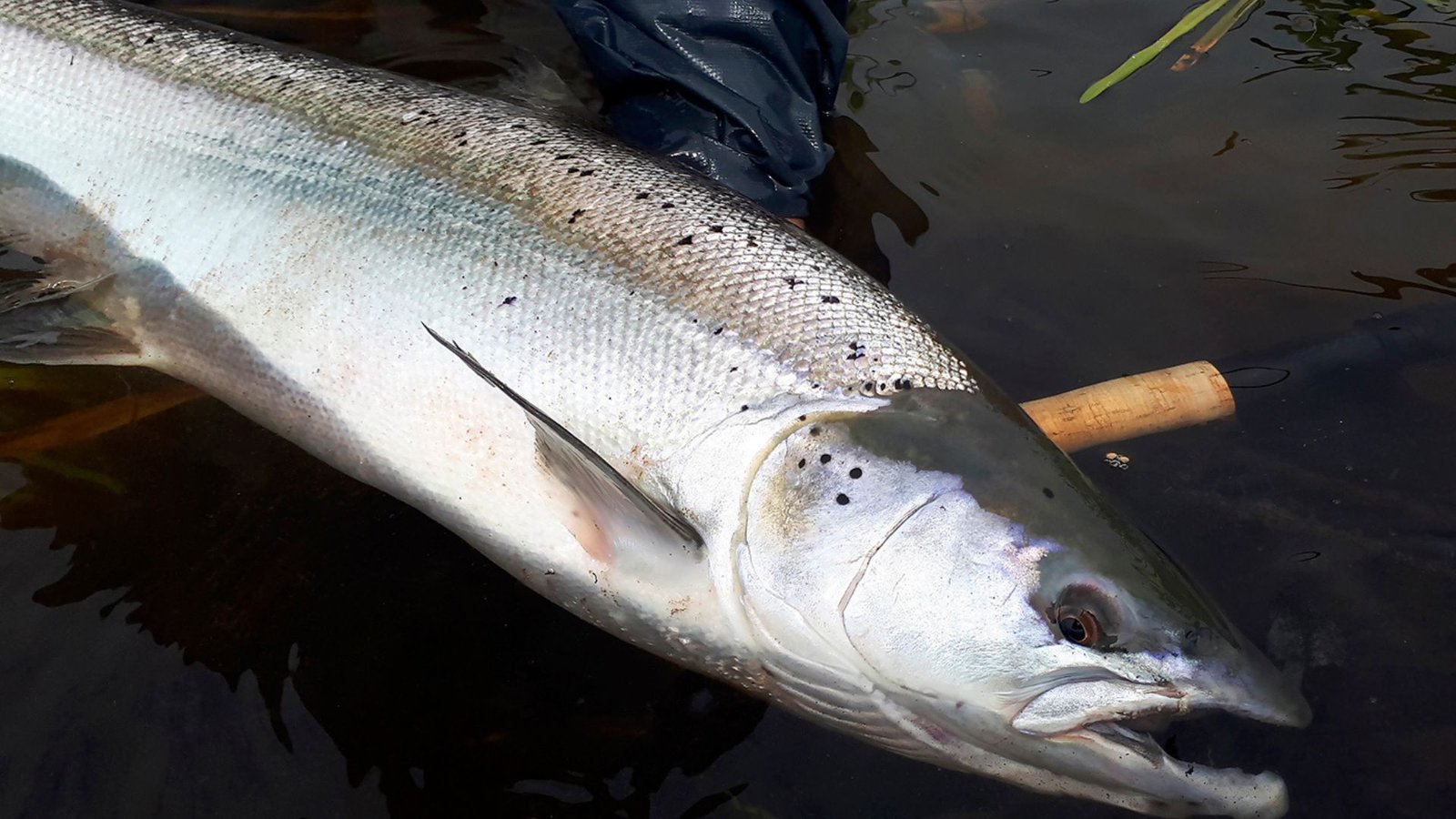Fishing Techniques for Salmon Flies
Fishing techniques for salmon flies are an art form, a delicate dance between presentation, strategy, and a bit of luck. Salmon are powerful, intelligent fish, demanding a thoughtful approach. Don’t worry, though! By mastering some key techniques, you can transform your salmon fly into an irresistible lure and increase your odds of battling a magnificent salmon. So, grab your rod, reel, and some beautiful salmon flies, and let’s dive into the world of successful salmon fishing!

Understanding Salmon Behavior
Before casting your salmon fly, take a moment to “read” the water. Understanding salmon behavior is crucial for effective presentation:
- Habitat: Salmon typically favor areas with good water flow and oxygen levels, such as runs, riffles, and the edges of pools. Look for deeper sections of the river where salmon might rest or stage before spawning.
- Current: Salmon are powerful swimmers but prefer to conserve energy. Cast your salmon fly across or slightly upstream of the current, allowing it to drift naturally into the salmon’s feeding zone.
- Time of Day: Salmon activity can vary depending on the season and water conditions. Early mornings and evenings are often prime feeding times, but don’t be afraid to experiment throughout the day.
Remember: Reading the water and understanding salmon behavior are the first steps to effective fishing techniques for salmon flies. By knowing where and when salmon are likely to be feeding, you can strategically present your fly for optimal results.
Mastering Techniques for Salmon Flies
Now that you’ve read the water, it’s time to showcase your casting skills with your salmon flies:
- The Swing: The “swing” is a popular technique for fishing salmon flies. Cast your fly upstream and at an angle across the current. Let the line and fly swing downstream in a broad arc, mimicking the natural movement of baitfish. Keep your rod tip slightly lifted to maintain tension on the line and feel the strike.
- The Down and Across: For deeper water or areas with faster currents, try the “down and across” technique. Cast your salmon fly directly downstream and slightly across the current. Let the fly sink to the desired depth before slowly retrieving it upstream with short, jerking motions.
- Stripping Techniques: Stripping techniques involve actively retrieving your salmon fly to imitate a fleeing baitfish. Experiment with different strip lengths and speeds to see what attracts the salmon. You can incorporate pauses and twitches in your retrieve to add an extra element of realism.
Remember: Mastering different casting techniques allows you to adapt your presentation to various water conditions and effectively tempt salmon with your salmon fly.
Choosing the Right Equipment
The right equipment plays a vital role in successful fishing techniques for salmon flies:
- Fly Rod: Choose a sturdy fly rod with enough power to handle a powerful salmon. A 9- or 10-weight rod is a good starting point for most salmon fishing scenarios.
- Fly Reel: A high-quality fly reel with a strong drag system is essential. Salmon runs can be intense, and you’ll need a reel that can handle the pressure of a fighting fish.
- Fly Line: A floating line is ideal for most salmon fly fishing. Consider using a sink-tip line if you need to get your fly deeper in the water column.
- Leaders: Use a strong leader made of fluorocarbon or braided material. The leader should be long enough to give the salmon some freedom of movement while fighting, but not so long that it affects your fly presentation.
Remember: Having the right equipment gives you the confidence and control you need to execute various fishing techniques for salmon flies effectively.
Conclusion
Mastering fishing techniques for salmon flies is an ongoing journey. By understanding salmon behavior, practicing different casting techniques, and choosing the right equipment, you’ll be well on your way to experiencing the thrill of battling a magnificent salmon. Remember, patience, persistence, and a touch of finesse are key! So, cast your salmon fly with confidence, and get ready for an unforgettable fishing adventure.




